NYREJ feature on the upcoming Brightview Port Jefferson Senior Living Community
by Christine Castaldo, AIA, Director of Housing
A NYREJ Article on Port Jefferson Brightview Senior Living Facility.
May 10, 2021
New York Real Estate Journal (@NYREJ) featured the upcoming Brightview Port Jefferson in the newest issue. This upcoming 184,000 sq. ft. community will have a continuum of care, which means it will offer Independent Living, Assisted Living, and Wellspring Village, which is a specialized neighborhood for people living with Alzheimer’s disease and other forms of dementia. Working with the incredibly talented team of Aumen Asner interior design for this project the Market Square team couldn’t be more excited to see this project come to life. The new community will offer common areas that include a pub with daily happy hours, multiple dining venues, a movie theater, activity rooms, library, hair salon, fitness center, and multiple outdoor relaxation areas for the residents. As construction continues, we move closer to this beautiful new community welcoming residents in 2022. More renderings of this property are below.
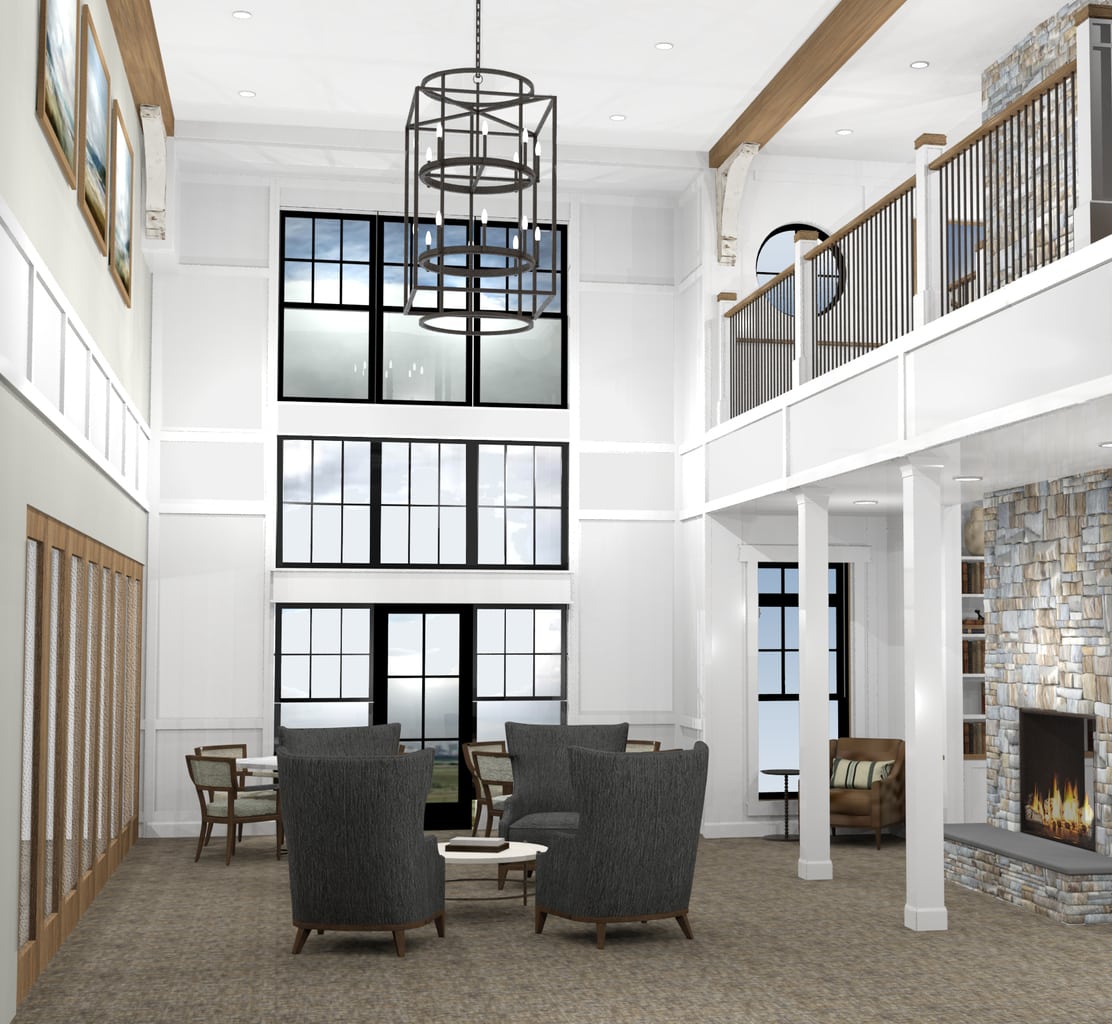
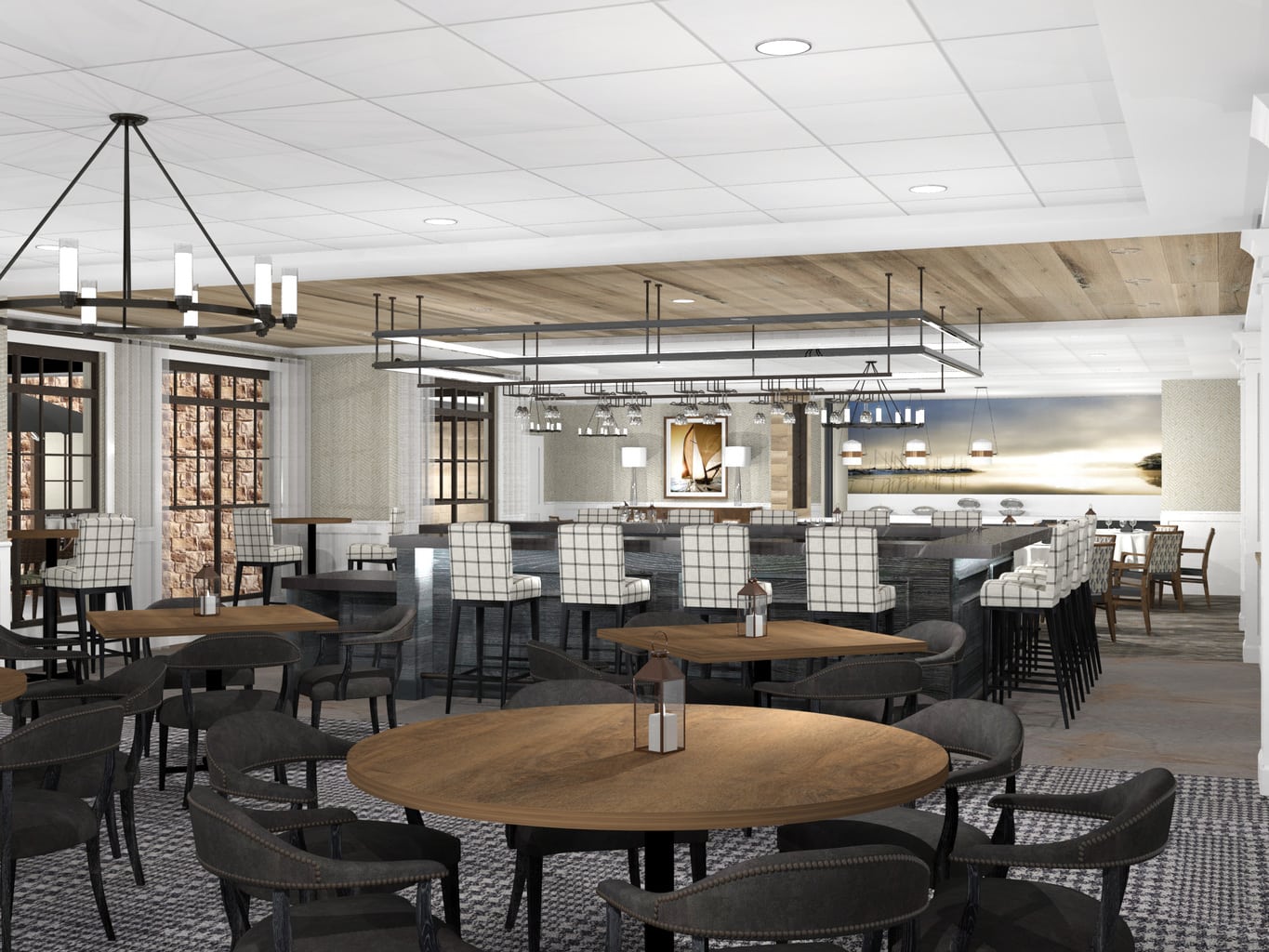
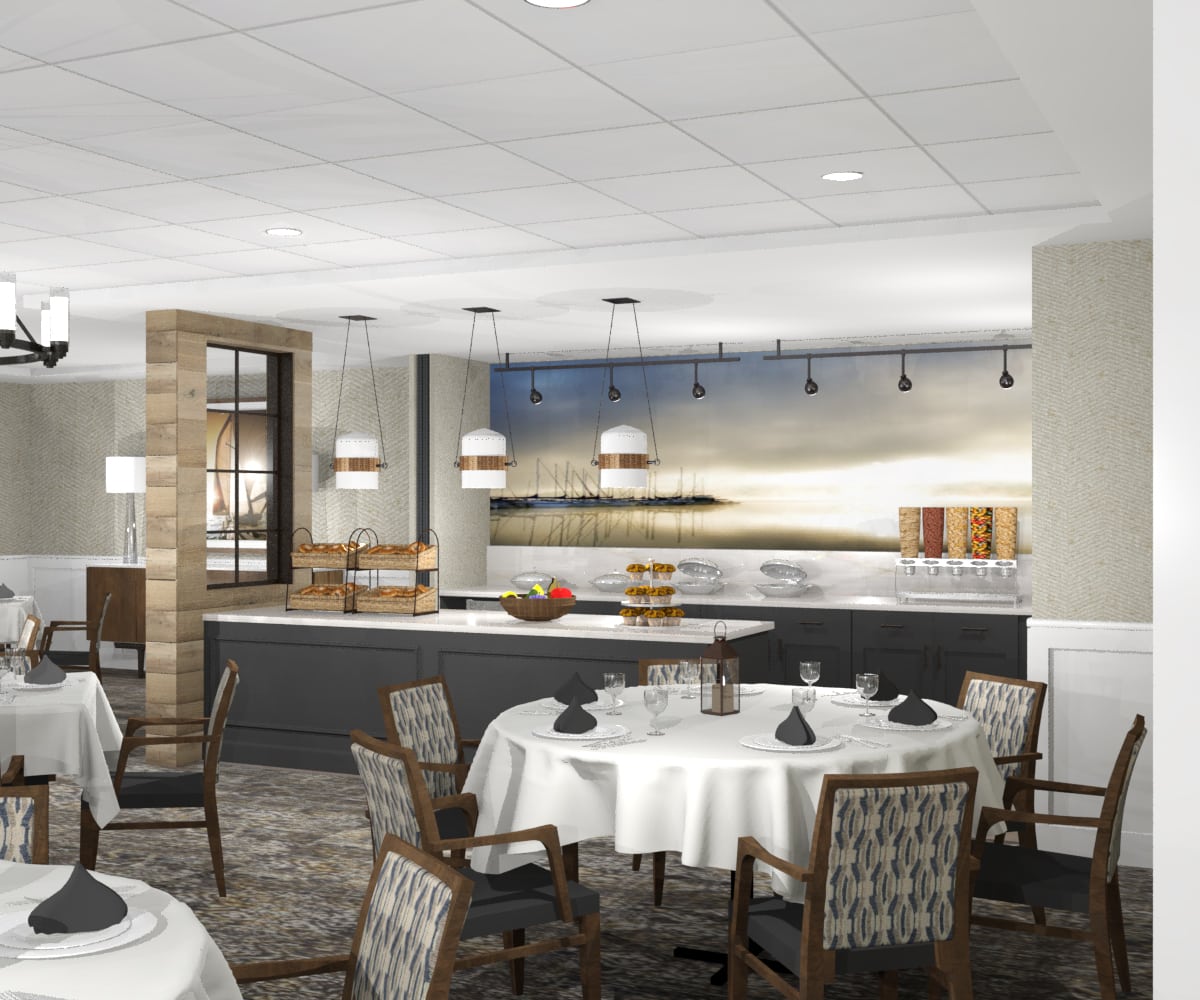
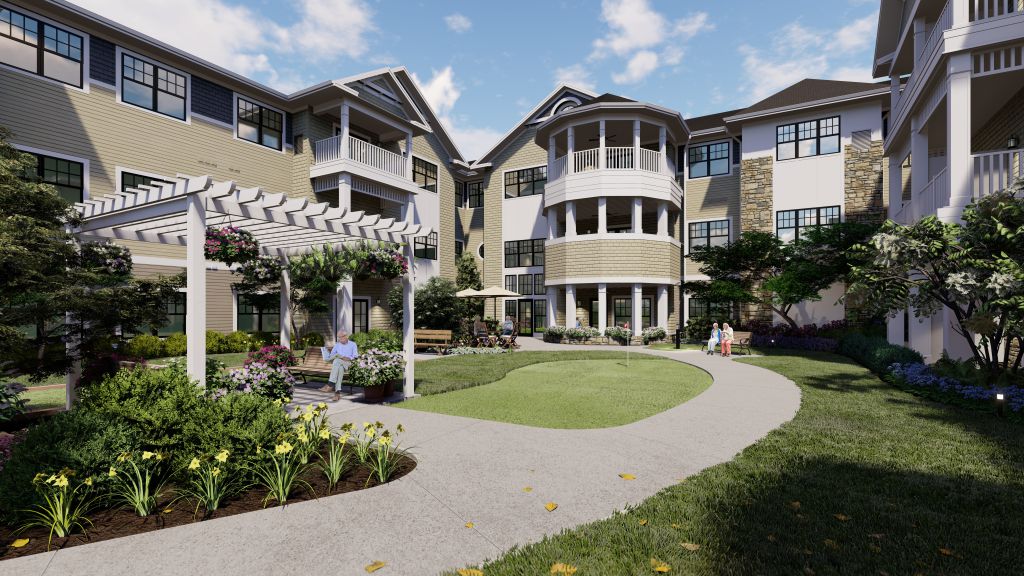
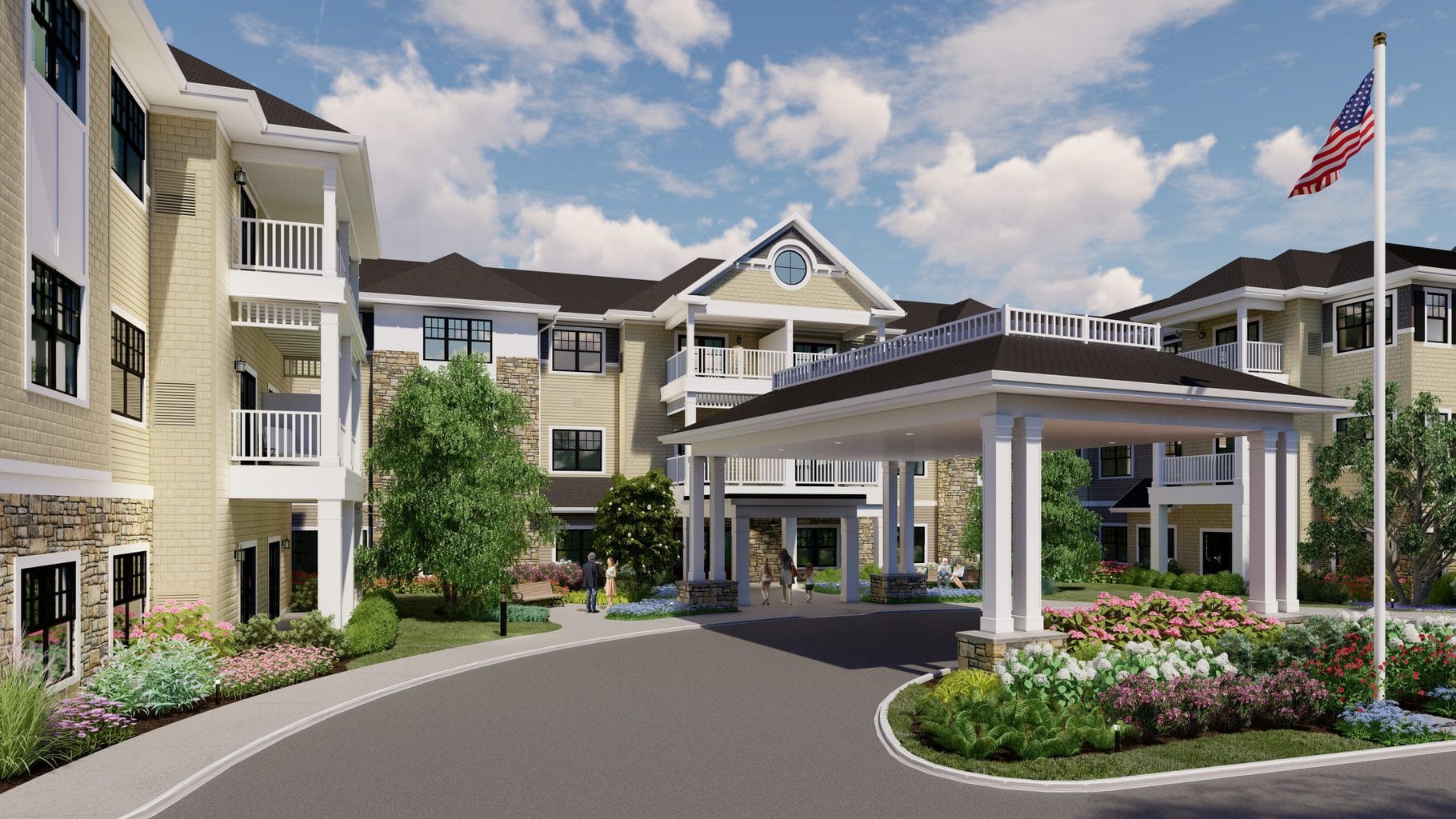

About the Author
